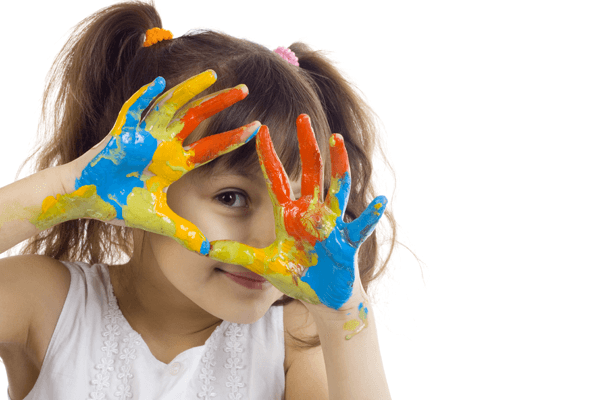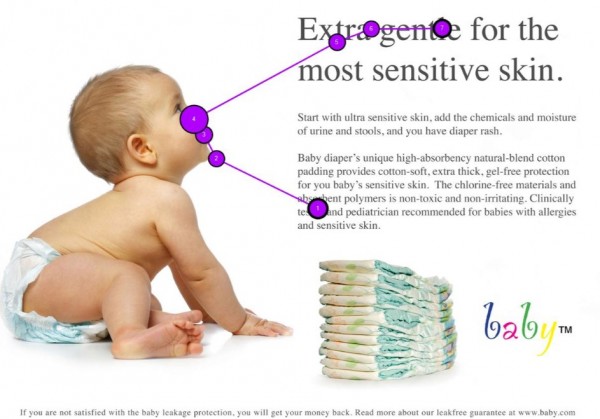Yesterday I shared with you how to stay out of legal trouble by sourcing your images correctly – whether it was for your blog or your presentations. That said, just because you get your images from a great location doesn't mean they're necessarily the right images. And it's about this point that some of you are likely to tell me there are no “right” or “wrong” images – because beauty is in the eye of the beholder. True. Very True. But that's not what I'm talking about. I'm talking about the efficacy (or effectiveness) of the image. Is it working hard for you?
Which Photo is More Effective?
I want you to look at these two images below. One is of a child. The other is of an adult. Both could be great as backgrounds for title screens, content slides, or featured images with text on your blog. Which one would you use?
Here's the first.

Here's the other one.

Now, the bigger question.
Why did you choose the one you chose?
Some of you may have chosen the second one because it had more white space so you could put your text there and it wouldn't feel squished. Some of you selected the first image because the child was engaging (she was looking right at you). So which did you choose? And why?
If you picked the first because the person was looking right at you and was more engaging, you would have chosen exactly like I normally do. I like images of people looking at the audience. I find that people pay attention more and connect easier.
But the research says otherwise – as it relates to something called Eye Tracking.
Where do people look?
Vision is learned – just like walking or talking. Children, just 8-12 weeks old, start refining their vision and by 4-6 months they're able to fuse the images from both their eyes into a single image. One of the things they learn while looking at mom or dad is to watch their own eyes to see where they look. They track their parents eyes and then quickly look to see what mom or dad is looking at.
Today, companies like Tobii create technology that let folks see what end users are looking at. And guess what they see? The very same thing that we see children do. When people see a picture of a person on the screen, and their gaze is not right back at the audience, the audience looks to the place where the person in the photo is looking. That's a lot of text. Let me show you what it looks like in real life, according to James Breeze and his eye tracking research.
Here is an image where the person is looking directly at the audience.

Here is an image where the person is looking elsewhere.

One Image is Better
What this suggests is that in terms of effectiveness, and in terms of eye tracking, one image is better than another. The image that directs our eyes to the content we care about (text, titles, web sign up forms, etc) is the better image and the one we should go with.
Do you agree? Disagree? Let me know.
